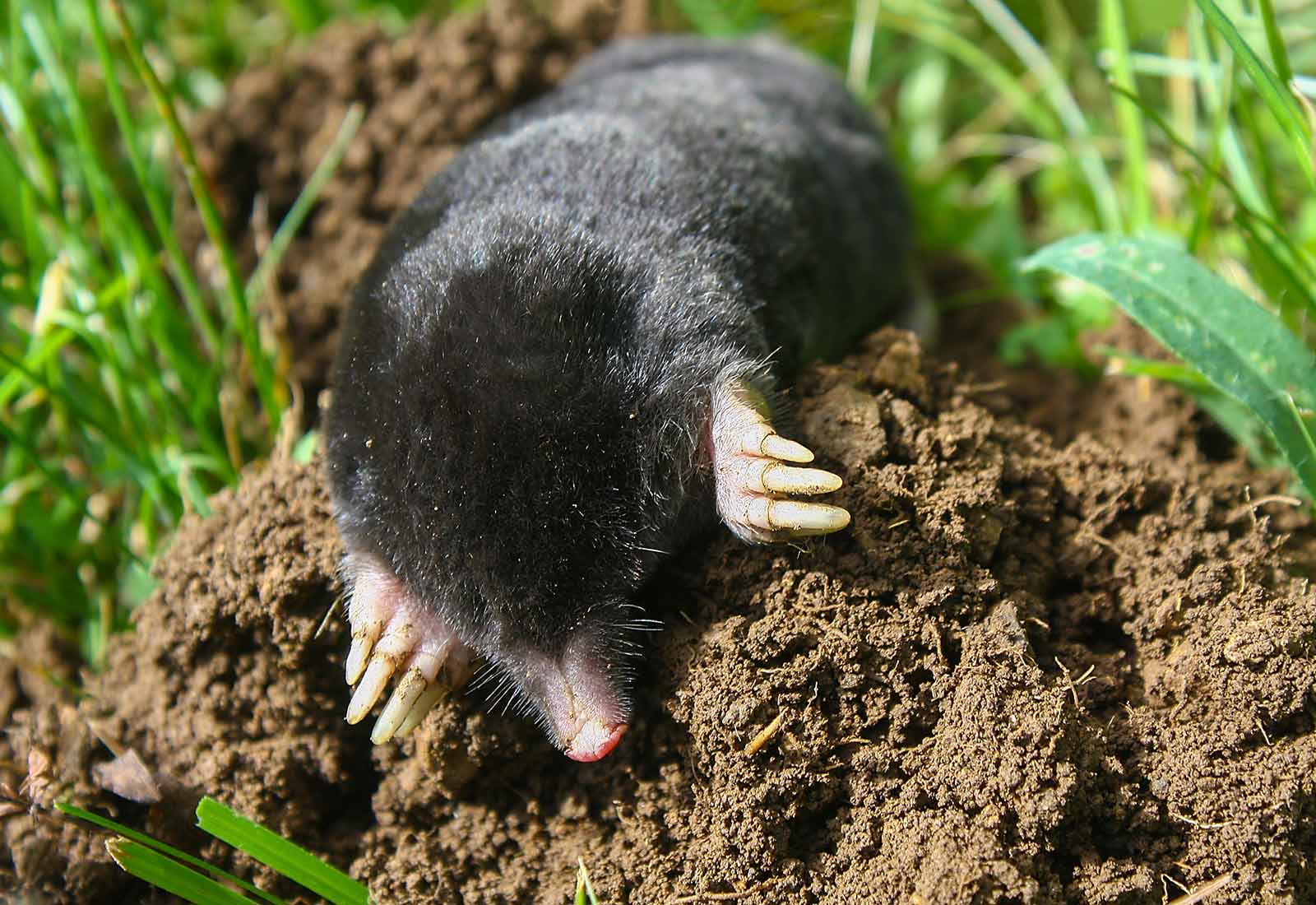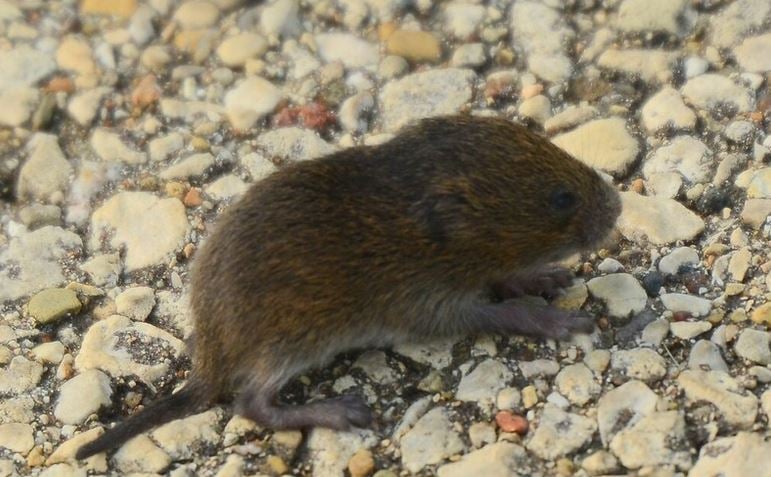Comprehensive Guide to Efficient Vole Bug Control: Problem Recognition and Therapy Approaches
In the realm of efficient parasite control, vole infestations position an unique challenge that requires a tactical method. These small rats, commonly mistaken for computer mice, can ruin yards, lawns, and plants if left untreated. Identifying the indicators of vole existence and implementing targeted treatment methods are necessary parts of a successful parasite management plan. By discovering the subtleties of vole behavior, understanding vital indications of invasion, and reviewing a range of control alternatives, one can create a thorough technique to deal with these evasive insects.
Recognizing Vole Habits
Vole actions is defined by their delving routines and quick recreation rates, making them a tough bug to control successfully. These small rodents generally develop intricate passage systems underground, using them for sanctuary, food storage, and transport. Voles are herbivores, eating a variety of plants, grasses, bulbs, and roots, which can create considerable damage to gardens, orchards, and lawns. Their quick reproductive rate more makes complex control efforts, with females qualified of creating multiple trashes in a solitary year, each containing several spawn.
Understanding vole habits is crucial for reliable parasite control strategies. By identifying their burrow areas, monitoring feeding locations, and executing targeted control techniques, such as trapping or habitat adjustment, vole invasions can be handled efficiently.
Indicators of Vole Invasion

Avoidance Strategies
Implementing reliable prevention strategies is critical in decreasing vole invasions and safeguarding greenery from their destructive feeding behaviors (vole control). To avoid vole invasions, it is vital to begin by eliminating possible food sources and shelter. Keep grass and plant life cut short, remove weeds and particles, and preserve a clean garden or lawn to make the location much less eye-catching to voles. Setting up barriers such as hardware fabric or underground fencing can also aid prevent voles from getting in specific locations. Additionally, lowering excess moisture by repairing dripping pipelines and making certain appropriate drainage can make the atmosphere less hospitable for voles.
Consistently inspecting the home for indications of vole task, such as paths and tunnel openings, is important for very early detection and prompt activity. Consider making use of catches or repellents strategically positioned near their paths if vole activity is suspected. Employing all-natural killers like serpents or owls can additionally help maintain vole populations in check. By applying a mix of these avoidance techniques, property owners and gardeners can properly safeguard their greenery from vole damages.
Non-Lethal Control Methods
To efficiently manage vole populaces while focusing on gentle techniques, non-lethal control strategies supply practical solutions for minimizing vole damage in landscapes and gardens. One effective method is making use of physical vole yard damage obstacles such as hardware cloth or cord mesh to shield vulnerable plants. These barriers can be hidden at the very least 12 inches curved and deep at a 90-degree angle to avoid voles from tunneling beneath. In addition, environment alteration can prevent voles by reducing their liked food resources and hiding places. Preserving a well-mowed grass, removing particles, and keeping plants trimmed can make the atmosphere much less enticing to voles.

Lethal Control Options
One reliable technique for attending to vole invasions in gardens and landscapes entails the tactical use of lethal control options. When faced with an extreme vole problem that non-lethal techniques have actually stopped working to have, applying lethal control measures becomes crucial. In general, when employing dangerous control options, it is important to do so sensibly and in accordance with local laws to successfully manage vole infestations.
Final Thought
In verdict, reliable vole pest control needs a detailed understanding of vole habits, recognition of signs of invasion, implementation of prevention methods, and application of both deadly and non-lethal control approaches. By combining these strategies, individuals can successfully handle vole populations and shield their home from damages. It is vital to address vole invasions promptly to stop more problems and lessen the effect on the surrounding atmosphere.
Provided the complex tunnel systems and rapid reproduction prices characteristic of voles, acknowledging the indicators of vole infestation comes to be vital in efficient pest control. One of the primary indicators of vole visibility is the presence of surface area paths or routes in lawn or snow, typically about 1-2 inches wide, produced as voles travel between their burrows and food sources.To effectively manage vole populations while prioritizing humane techniques, non-lethal control strategies offer sensible services for minimizing vole damages in landscapes and yards.One reliable approach for dealing with vole infestations in yards and landscapes entails the critical usage of deadly control choices. vole yard damage.In final thought, reliable vole bug control requires a comprehensive understanding of vole habits, recognition of indicators of problem, execution of avoidance approaches, and application of both dangerous and non-lethal control approaches
Comments on “Trusted Vole Control in Utah: Solutions for Your Property”